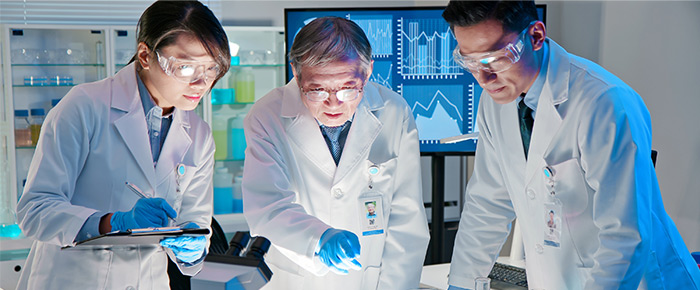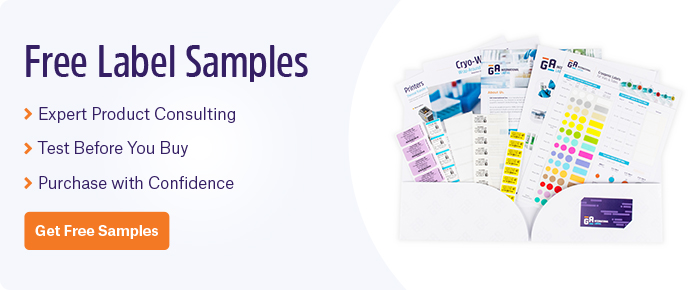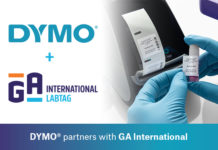
Laboratory training is integral to a functional lab; students, post-docs, senior scientists, and professors alike require training sessions when learning to use new methods or equipment. However, even though nearly anyone with enough relevant experience can lead a training session, experience alone won’t necessarily provide staff with a session optimized for their needs. Below are some helpful tips that can help you design and run an effective training program, which will ultimately help improve your workflow and allow you to obtain better, more accurate results.
#1 – Assess your personnel’s specific needs before initiating training sessions
It may seem obvious what your laboratory staff’s training needs are, but the accuracy of these assumptions is entirely dependent on the level of communication you share with them. Not sufficiently addressing their needs can waste a lot of time in the end, as new issues are brought up during the training that could have been addressed prior to the session. That’s why it’s always a good idea to meet with them before any type of training and ask directly, “What do you need to learn?” This will help plan for a better training session that provides potential solutions tailored precisely to their actual work needs.
#2 – Design a clear and concise training session
Packing as much in as possible when designing a training session is tempting. This is understandable; time is usually in short supply, and you want staff to maximize their output. However, keeping it simple and concise is the best method of ensuring that staff retain essential information going forward. Thus, when designing a training session, it must be built around key messaging and techniques that are most pertinent to the staff’s daily activities. It’s nice to know how to use every function of a flow cytometer, but for those who are using it for the first time, it’s necessary to stick to a few select functions and, when the need arises, train on new functions later.
Another helpful tool that can aid practical training sessions is using PowerPoint presentations and flow chart handouts. It’s assumed that the more one uses a machine, the better they’ll be at obtaining usable results; however, there’s often a lag period before one obtains the confidence to do so. Though experience is the best way to get there, visual tools, like flow charts and how-to presentations, may help accelerate this process.
#3 – Engage your staff
While formal demonstrations make up the bulk of most training sessions, and for good reason, it’s still necessary to engage your staff during the session. This can be done in at least two ways:
- Gamify your session: Including trivia and roleplay games may seem like a silly way to engage your staff, but turning the session into something out of the ordinary that involves everyone’s participation is an effective way to learn. Memorable experiences mean better information retention.
- Prepare a discussion session: Even without having a lot of experience with the topic, bringing in unique viewpoints and experiences from your staff via discussion sessions is a great way to help them learn and potentially develop new methods and applications.
#4 – Develop a way of assessing skill development
Because the entire goal of the training program is to develop and refine skills, it’s crucial to assess how useful the session was. Following up on skills development can be performed with a variety of approaches, all of which can be implemented in unison:
- Demonstrative approach: The easiest way to assess knowledge transfer is for personnel to demonstrate the proper use of lab techniques. Unfortunately, this approach suffers when the technique requires lots of time.
- Knowledge-based approach: It may be wasteful to write a formal quiz for your staff, but simply asking pointed questions and digging into the knowledge during lab meetings can help gauge the training session’s effectiveness.
- Results-based approach: Reviewing the consistency and accuracy of new data is the most straightforward way to determine the proficiency of your staff. However, if problems arise, it is usually challenging to determine where the error occurred without follow-up.
Remember, following up on training sessions can help determine your staff’s future training needs; for example, if a specific protocol was skipped during the session, but its application proved to be useful later, it may be necessary to create a new session to teach it to all staff. It may also be necessary to follow up on training over an extended period of time to determine if any hiccups that occur right after the session are improved upon with longer-term experience.
#5 – Make use of feedback to improve training in the future
Working in a lab that prioritizes open and honest communication is essential to keeping personnel up to date on their evolving training needs. If staff are afraid to admit mistakes, they may also be hesitant to determine the cause of the error and find solutions to rectify it. The same applies to training needs; staff need to feel confident in taking on new responsibilities and learning to use new equipment, especially when it’s necessary to advance their research. They must also feel confident enough to voice their concerns and constructive criticism towards training sessions. By doing so, they can help tailor the next session to their learning needs, including improvements to content and training methods.
LabTAG by GA International is a leading manufacturer of high-performance specialty labels and a supplier of identification solutions used in research and medical labs as well as healthcare institutions.


